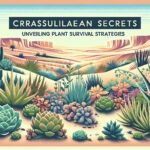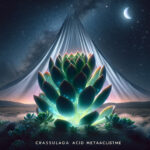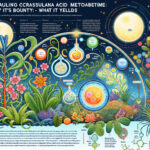Introduction to Crassulacean Acid Metabolism
Imagine a botanical world that thrives under the scorching sun, amidst the driest of soils. These are the realms where plants harnessing Crassulacean Acid Metabolism or CAM excel. But what’s the secret behind their resilience? Explore the basics of CAM, a unique process allowing some adept green dwellers to maximize water efficiency in arid conditions.

Imagine the cacti in a sunbaked desert or the succulents perched on a rocky cliff. These plants are the marathon runners in the plant kingdom, using CAM to outlast their competition. Unlike the more common photosynthetic processes where plants open their stomata during the day, CAM plants flip the script. They open their stomata at night to minimize water loss, capturing carbon dioxide and storing it as malic acid until the sun rises. When daylight comes, this stored CO2 is then used in photosynthesis, ensuring that these plants can soak up the sunlight without losing precious water through open stomata.
This nighttime CO2 capture presents an exceptional adaptation to extreme environments. It’s what sets CAM plants apart and allows them to thrive where others would wither. Take a trip with us to your local botanical garden or greenhouse, where you might observe the subtle marvels of CAM at play in the form of vibrant and resilient succulents.
With CAM, the plant world demonstrates its incredible capacity for adaptation and survival. The strategy is not just limited to desert specialists but is also exhibited by many tropical epiphytes, which utilize the efficiency of CAM to conserve water while basking in dappled sunlight. Next time you encounter these exceptional plants, remember the silent, nocturnal journey they undertake to harness energy and sustain life in some of the harshest conditions on Earth.
Pronouncing ‘Crassulacean’ Correctly
Come closer, have you ever found yourself in a conversation about photosynthetic strategies and stumbled over the word ‘Crassulacean’? You’re not alone. Today, we’re cracking the code behind the pronunciation of ‘Crassulacean,’ ensuring that you’ll be the one impressing your friends during your next nature hike or garden club meet.
Picture this: You’re wandering through a succulent garden, and someone points to a robust, thick-leaved plant, mentioning, “This one uses Crassulacean Acid Metabolism for photosynthesis.” Imagine the confidence as the word ‘Crassulacean’ effortlessly rolls off your tongue. But how do we get there? Let’s break it down phonetically. Think “KRASS-you-lay-shun.” Easy, right? Practice it a few times, and you’ll have it down pat.
Remember that time at the dinner party when you wanted to share an interesting fact about succulent care? Now you can say with certainty that plants like the Jade Plant and other Crassulas utilize ‘Crassulacean Acid Metabolism’ as a clever way to conserve water in arid environments, confirming your status as the green-thumbed savant of the group.
Okay, let’s add some visual flair. Take a look at this video that dives into the details about C4 and CAM Metabolism, and listen closely to the pronunciation of our word of the day:
So, there you have it—a little phonetic finesse, and you’re all set to discuss ‘Crassulacean Acid Metabolism’ with clarity and confidence. Whether you’re at a botanical garden or just having a casual chat about the wonders of plant biology, you’re now equipped to tackle the term like a pro. Keep on sharing the captivating world of photosynthesis, one correct pronunciation at a time!
Key Characteristics of CAM Plants
Have you ever wondered how some plants can thrive in the dry, desert heat, where most would wither and fade? Enter the realm of Crassulacean Acid Metabolism (CAM) plants – nature’s brilliant adaptation to arid conditions. These plants are the desert’s secret keepers, blooming amidst the harshest of environments. But what makes them so resilient? Let’s dive into the fascinating world of CAM plants and uncover their distinctive features.
Imagine the desert – vast, sun-baked, and seemingly unforgiving. Now picture a vibrant cactus or a lush succulent, steadfast and lush in this extreme climate. This isn’t a case of magic; it’s the science of CAM photosynthesis at play. The secret to their success lies in an inverted schedule. While most plants open their stomata during the day to take in carbon dioxide, CAM plants wait until the cool of the night. This clever nocturnal activity helps them minimize water loss and still perform the photosynthetic dance that fuels their survival.
It’s all about timing, and CAM plants have it down to an art. They store the carbon dioxide they capture at night as malic acid in vacuoles – the plant’s storage lockers – ready to be turned into glucose with the sunrise. It’s a nifty trick, turning night into a resource-saving haven, and allowing these plants to thrive when the day’s heat would otherwise spell doom for their water supply.
Now, what does this look like in your own backyard? Take the hardy succulent, with its chubby leaves brimming with stored water and nutrients. It’s a plant built for endurance, able to store enough water during its nightly endeavors to keep it lush and green even when the heat turns up. These adaptations aren’t just for show; they’re a masterclass in resource management and adaptability.
With the dawn, these plants are ready to roll, already equipped with the carbon dioxide they need to photosynthesize without losing precious water as the sun climbs higher. This ability to separate the uptake of carbon dioxide from the synthesis of glucose is why CAM plants are the ultimate survivors, dominating landscapes where others cannot venture.
Meet the sedum, a popular garden succulent, with its thick, waxy leaves – it’s like it’s wearing its own built-in water backpack. And that’s what it is, really; CAM plants are the camels of the plant world, their cellular structure a carefully crafted reservoir to see them through the desert’s trials.

In embracing the peculiarity of CAM plants, we find a profound lesson in resilience. Their very essence teaches us how to adapt, conserve, and flourish against the odds. It’s a narrative of life, written in the code of their leaves, a testament to the strength found in flexibility and the power of living in harmony with one’s surroundings.
The ingenuity of CAM plants offers more than just a survival blueprint for harsh climates; it’s a model for environmental stewardship. These plants optimize their intake and use of resources without waste, something we can all aspire to emulate in our daily lives for a more sustainable future.
Environmental Significance of CAM
Picture this: a sweltering desert landscape, blistering under the unyielding sun. Now, imagine a plant thriving in this parched environment, its leaves plump with water, a miraculous oasis of green in a sea of sand. This isn’t a magic trick; it’s the power of Crassulacean Acid Metabolism (CAM), a specialized form of photosynthesis that’s a total game-changer for sustainable horticulture and agriculture.
Plants like the stoic cacti and the plucky sedums are the unsung heroes of ecological conservation, thanks to CAM. By opening their stomata at night to minimize water loss, these plants are the ultimate survivalists. But here’s the twist – beyond just surviving, they’re helping us to tackle some of the most pressing environmental issues, such as drought resistance and carbon sequestration. It’s like they’ve got a superpower, where instead of capes, they wave their succulent leaves.
Let’s dive into a real-life example: the agave plant, with its CAM prowess, is revolutionizing the way we approach sustainable farming. Agave plants are not just for tequila; they’re front-liners in the fight against soil erosion, capable of growing in places that other crops can’t, effectively turning barren landscapes into lush farmland.
And it’s not just the agave. CAM plants are becoming a cornerstone of urban landscaping – think green roofs and vertical gardens. These oxygen tanks in the sky not only provide a verdant aesthetic but work tirelessly to reduce the urban heat island effect, making cities more liveable and energy-efficient.

It’s clear that these plants are punching well above their weight in the environmental ring. By leveraging the ecological wisdom of CAM, we can cultivate greener cities, revolutionize our approach to farming, and even fight against the sprawling deserts. So next time you see a succulent, give it a nod of respect – it’s not just a pretty face; it’s part of a sustainable future.
Reaping CAM’s Benefits in Modern Gardening and Agriculture
Modern gardeners and farmers are fast catching on to CAM’s potential. Succulents are no longer just a trendy Pinterest project; they’re a symbol of water-wise gardening. By incorporating CAM plants into our landscapes and gardens, we can reduce our water use without sacrificing the vibrancy of our green spaces.
In agriculture, CAM plants are like the Swiss army knives of the crop world. Whether it’s about reviving degraded soils or providing a lifeline in drought-prone regions, these plants are at the forefront. So while we may struggle to pronounce ‘Crassulacean,’ there’s no mistaking the profound impact this metabolism has on our planet’s future.
By harnessing the principles of Crassulacean Acid Metabolism, we’re not merely keeping plants alive; we’re preserving ecosystems, conserving water, and buffering against climate change. It’s truly phenomenal how these small but mighty plants hold the key to some of our biggest environmental challenges. That’s a mouthful worth getting right, and it’s safe to say, CAM deserves a standing ovation.
Common Misconceptions About CAM
When it comes to Crassulacean Acid Metabolism, or CAM for short, there’s a garden of myths that have taken root in popular understanding. It’s time to prune away the misconceptions and shed some light on the scientific realities of these remarkable plants.
One might think that CAM plants are the rare specimens found only in exotic gardens. Not so! Have you ever enjoyed the sight of a succulent sitting on a windowsill basking in the morning sun? That’s CAM in action! These plants aren’t just surviving; they’re thriving in environments that would leave most greenery withered.
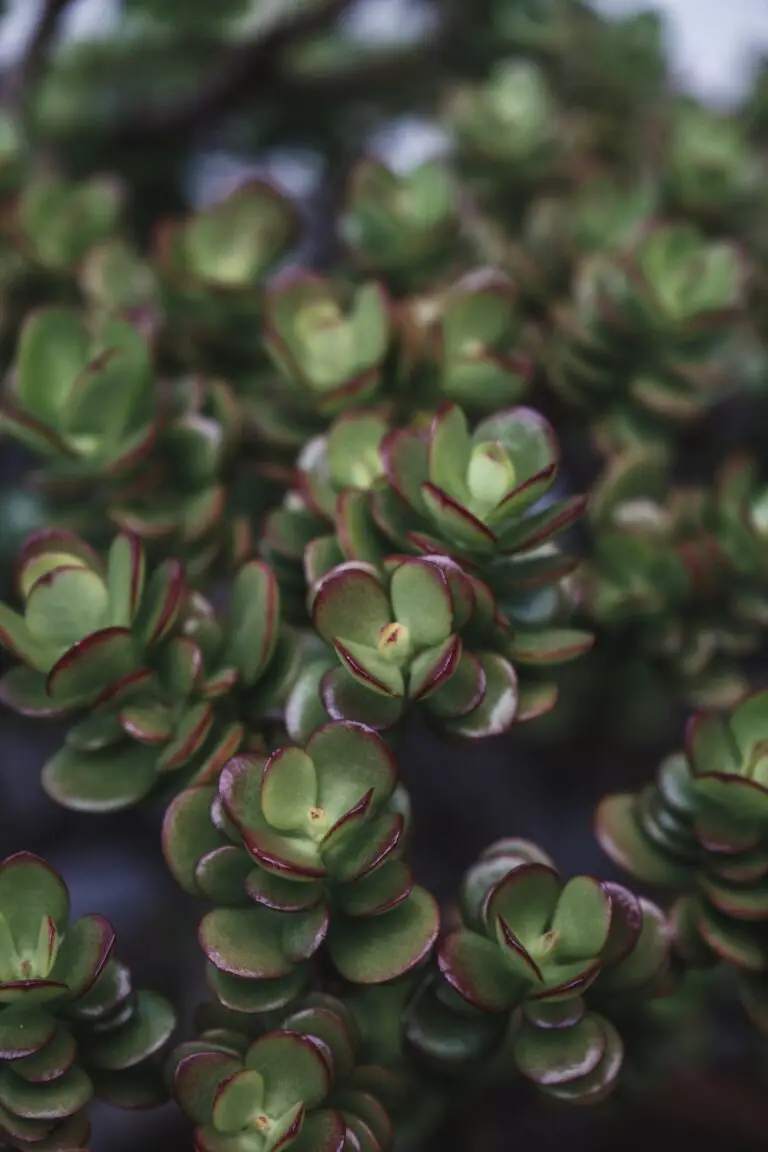
Another common myth? That CAM plants are high-maintenance divas of the plant world. The reality is quite the opposite. Sure, they have a sophisticated method of photosynthesis, closing their stomata during the day to avoid water loss and opening them at night to take in carbon dioxide. But this doesn’t mean they need round-the-clock attention from their human caretakers. Actually, their efficiency makes them some of the most low-maintenance and hardy plants around.
And let’s clear up one more thing: while CAM is their nighttime modus operandi, it doesn’t mean these plants are strictly nocturnal. It’s actually a nifty adaptation for arid conditions, a way to maximize water preservation. This isn’t nighttime laziness but evolution at its finest!
What’s truly incredible is the diversity among CAM plants. From the plump leaves of the echeveria to the soaring heights of the agave, these plants have adapted the CAM strategy to a myriad of forms and climates. Yet, all too often, this adaptability is overlooked, leaving many to assume all CAM plants are cut from the same desert cloth.
So, the next time you encounter these succulent marvels, remember that they’re not just a pretty face. They are the masters of metabolic ingenuity, perfectly designed for survival in the sip, not gulp, lifestyles of their native habitats. A testament to the fact that in the plant kingdom, being different doesn’t just mean standing out; it means standing the test of time.
FAQs on Crassulacean Acid Metabolism
So, you’re curious about the night-loving, water-conserving marvel of the plant world known as Crassulacean Acid Metabolism (CAM), aren’t you? Great! Let’s dive into some common questions that pop up when people like you start exploring this incredible adaptation. And hey, we’ll even teach you how to say ‘crassulacean’ without twisting your tongue. Ready? Let’s grow our knowledge!
What is Crassulacean Acid Metabolism?
Imagine you’re a plant in the desert. Sun’s beating down, and water’s as scarce as a puddle on a hot sidewalk. You’ve got to survive, but how? Enter CAM, the superhero of photosynthesis strategies for dry, arid conditions. CAM plants, such as succulents, perform a neat trick: they open their stomata at night to take in CO2, minimizing water loss. Come daylight, they’re all set to photosynthesize without losing precious moisture. It’s like they’ve got a built-in water conservation system!
How Do You Pronounce ‘Crassulacean’?
Okay, here’s a quick pronunciation guide. Say it with me: “krass-yoo-LAY-shun.” Break it down, take it slow, and you’ll sound like a botanical pro in no time. Imagine you’re praising a lush, plump succulent: “Wow, that’s a crass-YOU-lay-ceous beauty!” Not so hard, right?
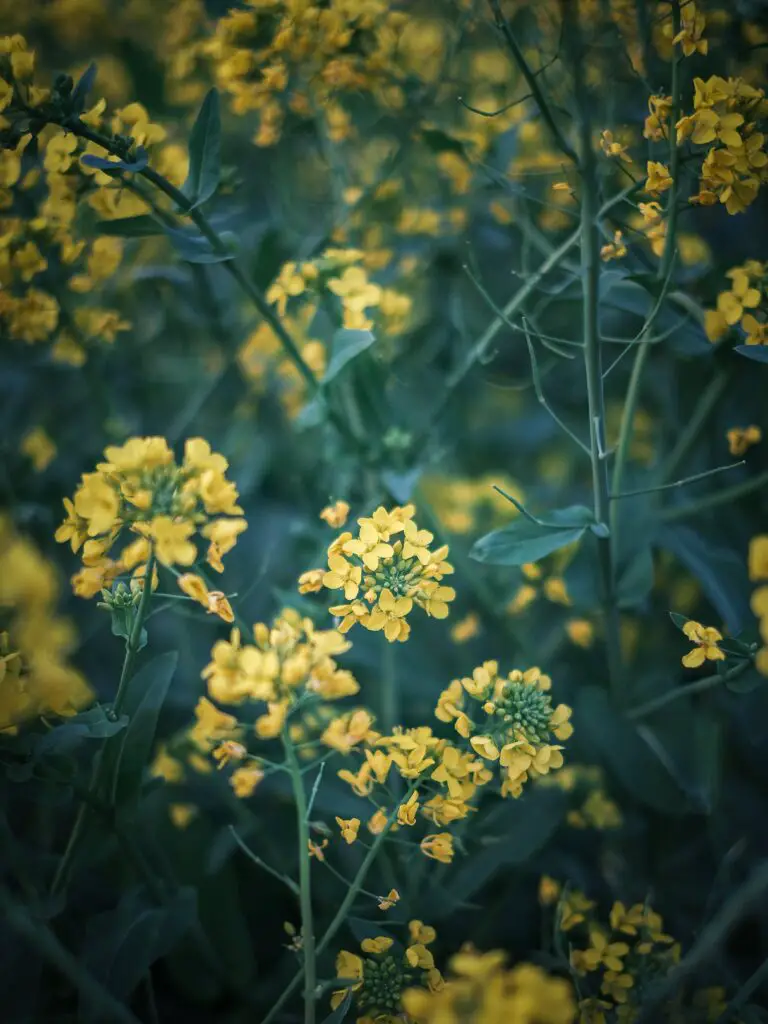
Why is Crassulacean Acid Metabolism Important?
Picture this: a world where plants can’t cope with drought. Scary, huh? CAM plants are sustainability champions, tolerating the kind of thirst that would have other plants tapping out. They are central to ecosystems where water is a luxury and every drop counts. By studying CAM, we learn how to leverage these traits for crops, making agriculture more resilient to our changing climate.
Where Can You Find CAM Plants?
Don’t expect to find these water-wise wonders in your typical moist, shady forest. No, CAM plants are the Spartans of the flora world, thriving in the harshest sun-baked places. Think scorching deserts and rocky cliffs – landscapes that would have the rest of us running for cover. Yet, there they are, cool as cucumbers (which, by the way, are not CAM plants).
Can CAM Plants Help Us Address Climate Change?
That’s the million-dollar question! As our environment faces the pressures of climate change, every strategy for sustainability counts. CAM plants are like little green gurus teaching us about resilience and adaptation. By studying their water-saving ways, scientists are uncovering potential methods to boost crop resilience, ensuring our salads stay crispy and our bellies full, even as the mercury rises.
And there you have it, a quick Q&A on the wondrous world of Crassulacean Acid Metabolism. Who knew that learning about plant survival strategies could be a gateway to understanding bigger environmental challenges? Nature’s always got a lesson up its leaf, and with CAM, it’s teaching us how to endure and prosper, one dewdrop at a time.
